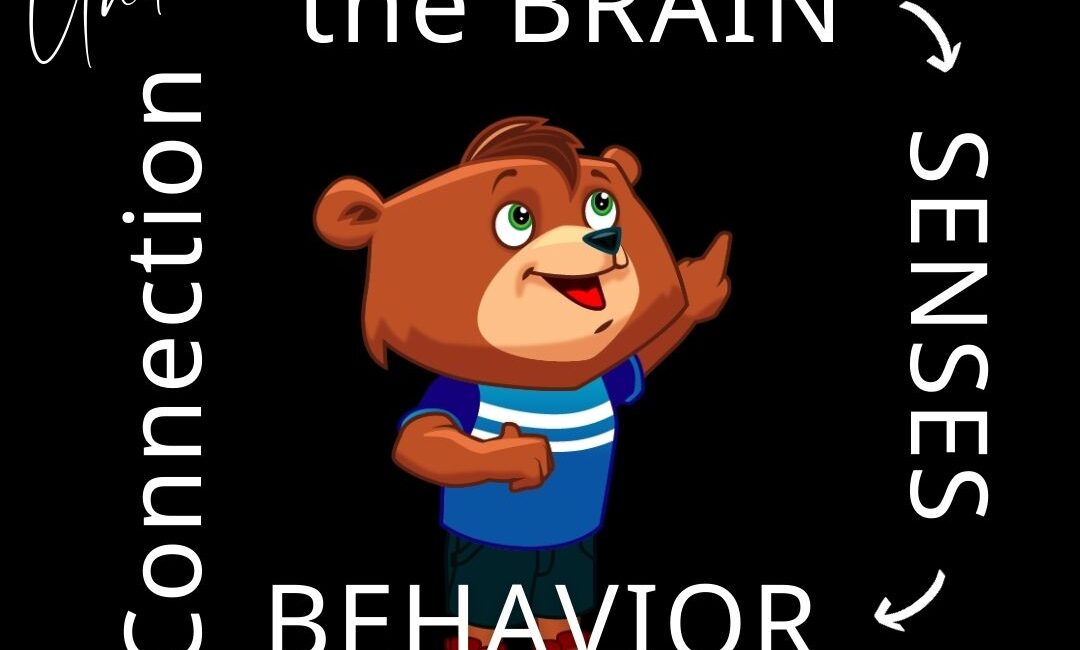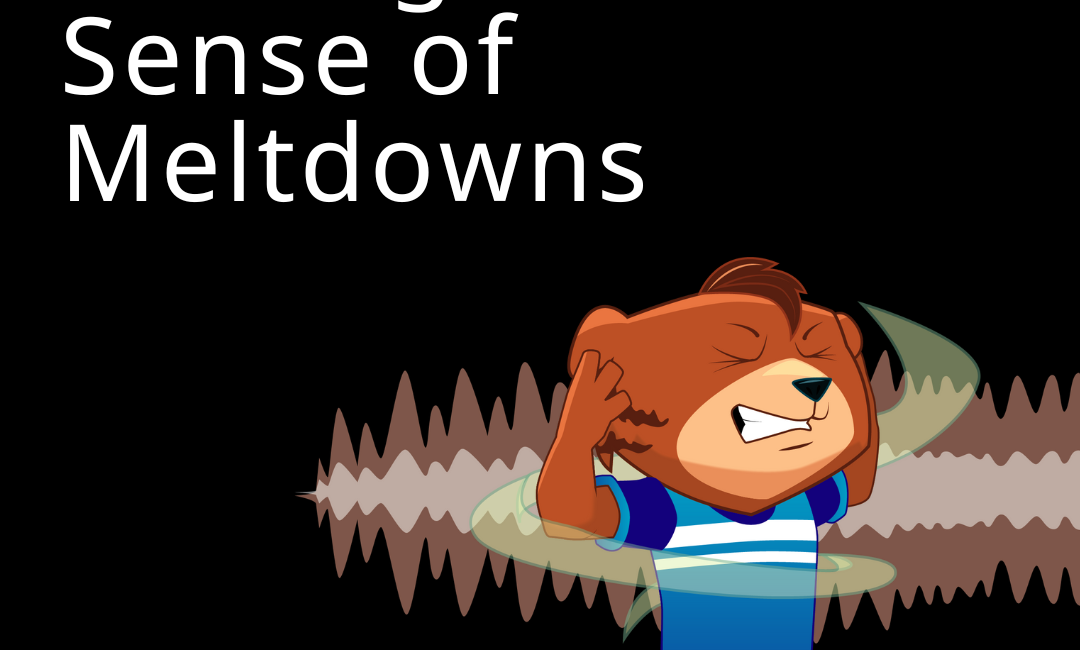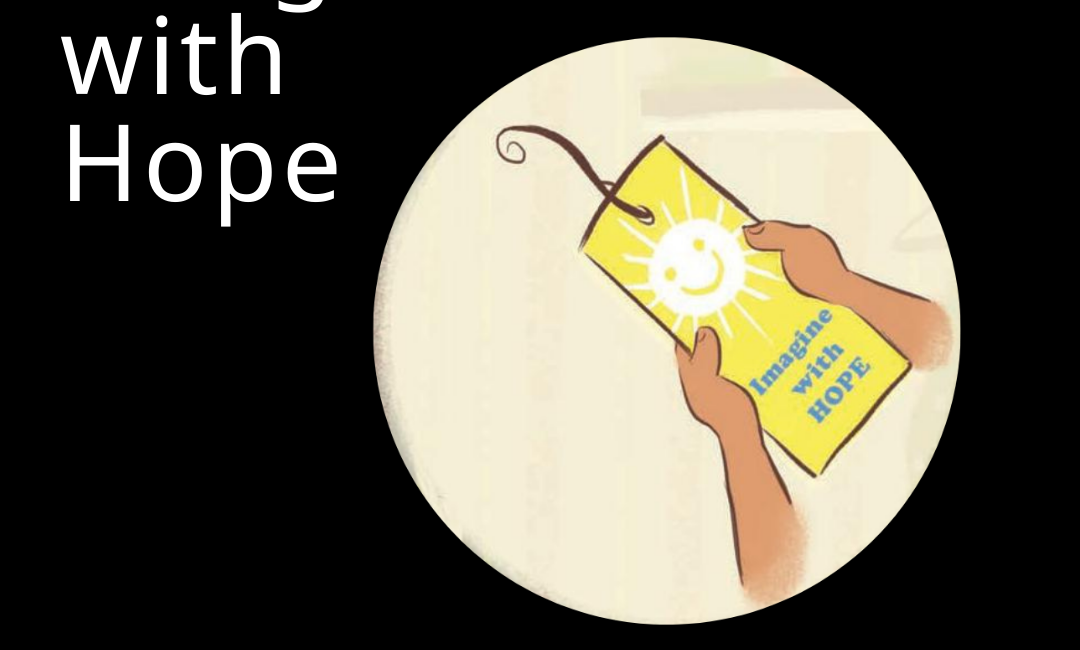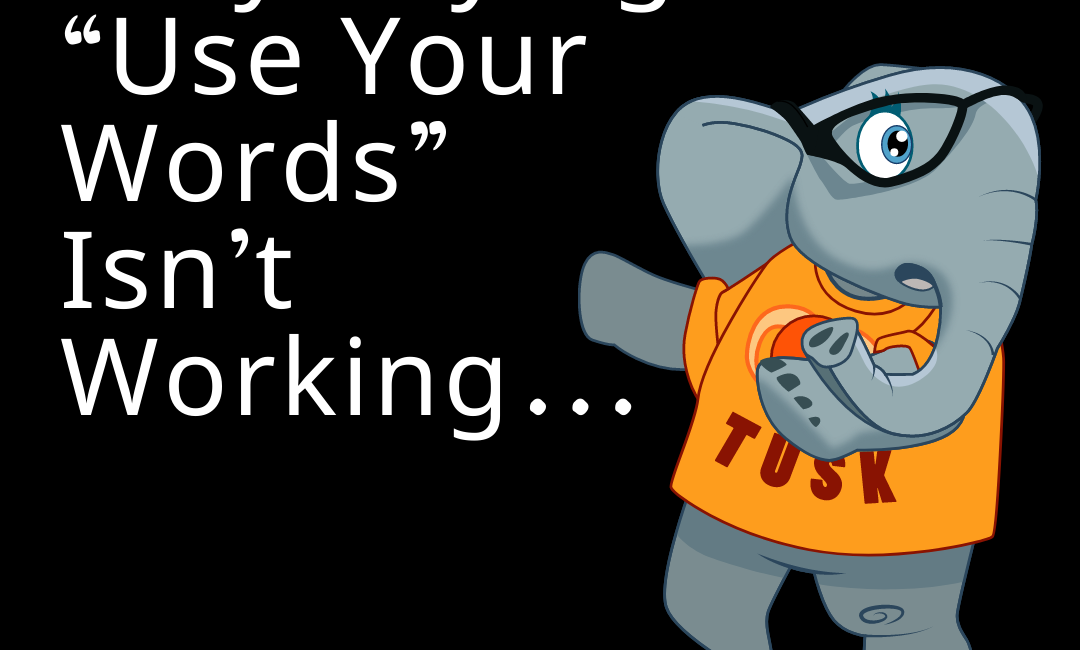Everything we feel, think, say, and do is related to the information coming in through our senses, and we have more than you might think. All BEHAVIOR comes from the BRAIN The BRAIN is getting information from EIGHT SENSES Understanding our SENSES will help us understand BEHAVIOR Let’s break this down a little further. Here are some of the BEHAVIORS you might see in the classroom: Fidgeting, wiggling, getting up and wandering around Grumpy, complaining,...
Making Sense of Meltdowns
How learning about sensory processing changed... everything. My brilliant little 4-year-old son was asked to draw a house at preschool and burst into tears. Bursting into tears was a common occurrence for him, as was picky eating, banging into things, difficulty transitioning from one task to the next, slouching posture, and what I came to realize were a whole host of sensory red flags. Sensory processing difficulties occur when the brain has trouble receiving, interpreting,...
Imagine with Hope
We are talking all month long about nurturing the upstairs brain. This week, we have been focusing on our thought life. It’s a funny thing to talk about nurturing the brain by using our brain differently, but since all our thoughts, feelings, and behavior comes from the brain, we need to think about our thoughts. Picture books can be surprisingly helpful in that effort… “You look a little worried, kiddo,” Zoey’s mom said, giving her...
Why Saying “Use Your Words” Isn’t Working…
Find yourself wondering why kids can’t use their words sometimes? This is true of all of us, but especially true for brains that have been impacted by trauma. Here’s an excerpt from Riley the Brave’s “afterword for grown-ups” to help make sense of this complicated topic… The brain has two main operating systems, social-approach/engagement mode (“the upstairs brain”) and defense mode (“the downstairs brain”). At birth, the downstairs brain is the operating system at work....



